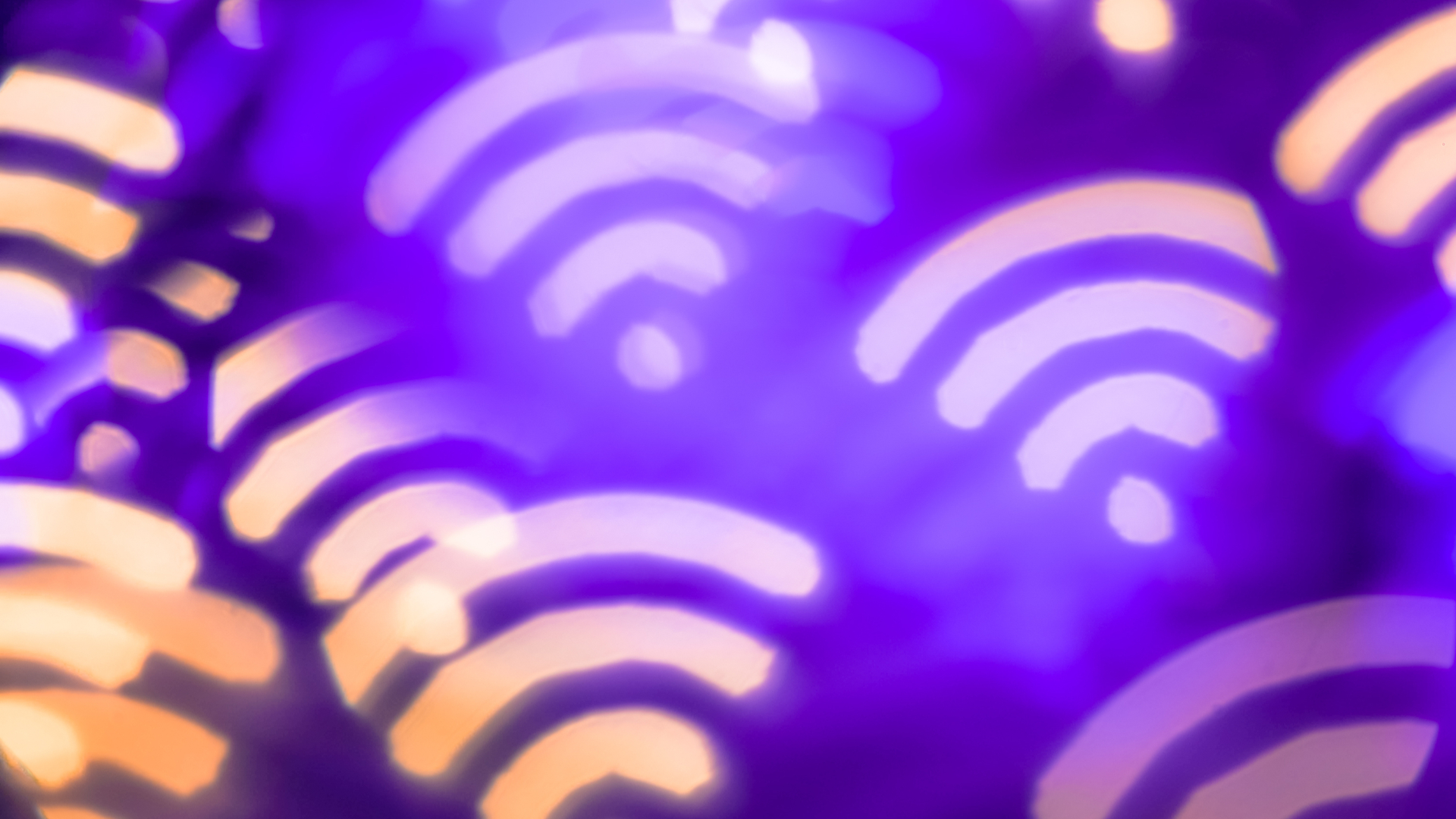WiFi users swap speed for convenience
But is WiFi a true desktop substitute for fixed cabling?

WiFi has revolutionised the way we work. Given the option, people prefer swapping their desktop for the convenience of remotely networking a device. Such is the demand for WiFi that network providers are working flat out to provide an infinite wireless environment - with worldwide annual hotspot connections expected to exceed 11bn by 2014.
At its best, WiFi is empowering. It is also increasingly vital to the way we communicate, as modern consumer IT devices simply don’t have physical network ports. Blackberry, iPad and smaller laptops are designed to be highly mobile.
These devices are typically accessed out in the field and are used for social networks, email or SMS, making them suited to WiFi as the amount of data being sent is small, and the occasional break in transmission does not impact on productivity.
If this is all you use WiFi for, then you will think it’s a flawless technology that has become indispensible in a short period of time.
But if you’re looking for more, then WiFi isn’t perfect.
A big problem is speed. A recent study suggests that broadband consumers lose about 30 percent of download speed when using WiFi within the home in place of a wired broadband connection. WiFi users also face an increase in latency of 10 to 20 percent, which can impact the performance of online gaming, VoIP telephony services and video streaming.
Slow speed can be blamed for WiFi’s lack of scalability. WiFi tends to be unsuitable for heavier duty projects that involve computer aided design (CAD) that need both processing power and network connectivity to store, share and process data. Even a modern 802.11n network is relatively slow compared to 100mb or gigabit speed cabled Ethernet network.
ChannelPro Newsletter
Stay up to date with the latest Channel industry news and analysis with our twice-weekly newsletter
Streaming video is another area where WiFi is problematically slow, as without perfect harmonisation between the viewer and the sender, the delay can impact on the user experience. This applies to time sensitive applications, like VoIP, which are equally likely to find WiFi a challenging environment as WiFi is subject to variation.
WiFi networks also have black spots, where the signal doesn’t carry. Furthermore, WiFi is still only designed for medium-range data transfers. So the further the distance between the communications device and the access point, the worse off you are in terms of speed and quality. WiFi is also more prone to security issues.
Fixed cabling for reliability and speed
If you can live with bandwidth limitations and black spots, then WiFi is arguably a true substitute for the desktop. But what if you crave speed, reliability and security? Then the answer becomes fixed cable networks. It might be the old kid on the block, but nothing comes close to its sheer resilience, scalability and robustness.
Modern cabled networks are still faster and more reliable than WiFi, while the physical cables with their insulating layer of plastic stops interference and makes in transit interception less likely.
Even after all these years, coaxial cables are the most common and reliable means of data transmission over short distances. Most importantly, it has ample frequency range to support multiple channels and offer greater bandwidth for each channel. Consequently it provides excellent support for a host of popular services, including voice, data and video.
WiFi improvements
WiFi innovators are aware of WiFi’s disadvantages and efforts are underway to address the biggest concerns, such as security and the need for speed. Ruckus, for example, has launched a WiFi antenna technology that steers signals to high-quality paths, helping to maximise signal coverage, throughput, and network capacity.
Meanwhile, AeroHive Networks, creator of the cooperative control wireless LAN (WLAN) architecture, has launched network management software to simplify the authentication and control of guests and Mobile Internet Devices (MIDs). It has also added spectrum analysis to its 802.11 Access Points (APs), which helps to reduce the operational burden of WiFi networks.
These efforts are worthy because WiFi is now a critical part of our broadband environment and its relevance will continue to rise. There is simply no turning back.
But fixed cable networking still plays a vital role in the nurturing of this exciting and dynamic communications landscape.
It isn’t sexy, but fixed cable networks are essential to our working lives. These networks make it possible for high-broadband services to be delivered safely, swiftly and uninterrupted.
And until WiFi can catch up to its speed and scalability, fixed cable networks cannot be substituted.
-
 Asus ZenScreen Fold OLED MQ17QH review
Asus ZenScreen Fold OLED MQ17QH reviewReviews A stunning foldable 17.3in OLED display – but it's too expensive to be anything more than a thrilling tech demo
By Sasha Muller
-
 How the UK MoJ achieved secure networks for prisons and offices with Palo Alto Networks
How the UK MoJ achieved secure networks for prisons and offices with Palo Alto NetworksCase study Adopting zero trust is a necessity when your own users are trying to launch cyber attacks
By Rory Bathgate